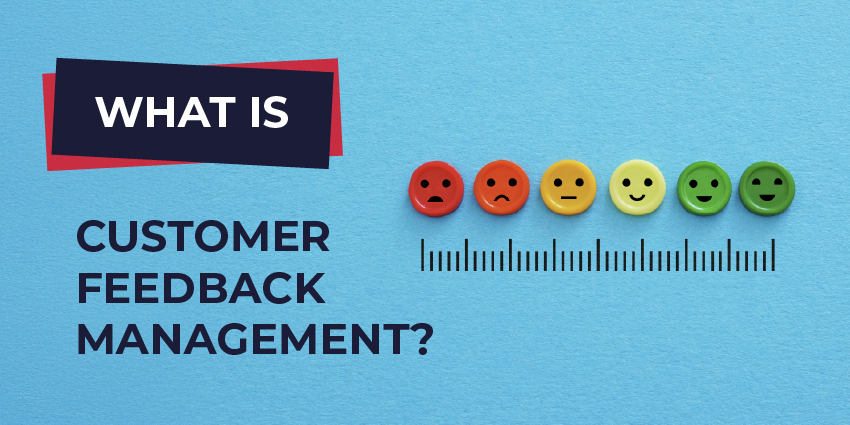A CX report has discovered that whilst 91% of businesses leaders believe they deliver consistent customer service, only 36% of customers agree.
In the report published by Sprinklr and Metric Sherpa, the companies revealed a significant disconnect between business leaders and their consumers regarding customer experience.
This detachment between client and customer shows how enterprises believe their customer experience is running is far from the reality for the consumer.
The gap between leader and consumer has exposed potential threats for the CX space on loyalty, reputation, and revenue.
In a conducted survey of over 2,600 business leaders and consumers, evidence revealed that across every area of customer communication, both groups were misaligned in their knowledge of the brand’s consumer experience.
Indeed, 86% of business leaders believing customers have a valuable amount of trust with their brand, whilst only 44% of consumers agreeing with this statement.
When experiencing the brand, 91% of business leaders believed their customers described the brand as intended, whilst only 40% of customers suggested that these experiences were consistently aligned.
Regarding belief in brand promises, 86% of leaders said they were confident in the customer’s trust, whilst less than half of them agreed.
And with 59% of consumers admitting to abandoning a brand entirely after just one poor service, only 42% of leaders accepted this reality.
The data displays the overall consumers as mistrustful that businesses can meet their customer experience expectations, with many leaders overestimating their trustworthiness with their consumers.
And with a lack of understanding of their consumers, business leaders miscalculate their weak points and hyperbolize their customer relationships.
Speaking with CX Today, Matt Mueller, Author of the Mindful Innovator, explained how the consumer-leader divide is common problem in the CX space.
“The findings in the Sprinklr and Metric Sherpa report reflect a disconnect I see all too often: a growing gap between what leaders believe they’re delivering and what customers actually experience,” he said
“The disconnect between business leaders and consumers isn’t a data problem – it’s a perspective problem. When 91% of leaders say their brand delivers a consistent experience but only 36% of consumers agree, we’re not seeing a failure of execution – we’re seeing a failure of awareness.2”
This disconnect highlights how many enterprises are failing to see and respond to customer experiences, where confidence is mistaken for false information and consumers aren’t considered.
This is reflected in the data, with 79% of customers reporting they have frequently felt ignored or forgotten by brands, including those they have interacted with before.
This is further highlighted when companies implement AI support services, with over 60% of leaders expecting consumers to embrace AI across activities, with only 34% being comfortable with AI for FAQs, wanting AI to assist rather than replace.
AI adoption is highlighted as frustrating for consumers when expecting to be speaking to a human agent, especially for those who are in the older generations, with 72% of customers expecting to be informed that they are interacting with AI, adding to skepticism about whether a brand is working within the interests of the consumer.
How Can Businesses Bridge the Gap Between Themselves and the Customer?
The report urges businesses to adjust their strategies and reassess their customer performance to close the gap between business leaders and consumers, recommending that they unify their internal efforts and rebuild confidence.
The study also states that loyalty with a brand is initiated by delivering fast, honest resolutions following a brand failure.
This is done by returning customer trust to its truest value, rather than basing it on business assumptions.
According to the report, another way to earn and maintain customer loyalty is by unifying experiences across silos to ensure that agreements with customers are met.
And to keep up with quantity, redesigning company playbooks is recommended to recover speed, restitution, and accountability.
In regard to AI agents, transparency is vital between the customer and should be informed each time they interact with AI, as well as having a level of human intervention when needed and avoiding the overuse of AI hype.
These steps are to ensure that trust between customer and business is stable and to avoid a brand rejection after one poor experience.







